PR Produced by The Yomiuri Shimbun Business Bureau
EXPLORE KASUMIGAURA
Sponsored by Project Ibaraki
This article is presented by Yomiuri Travel Service and Ryoko Yomiuri Publication.
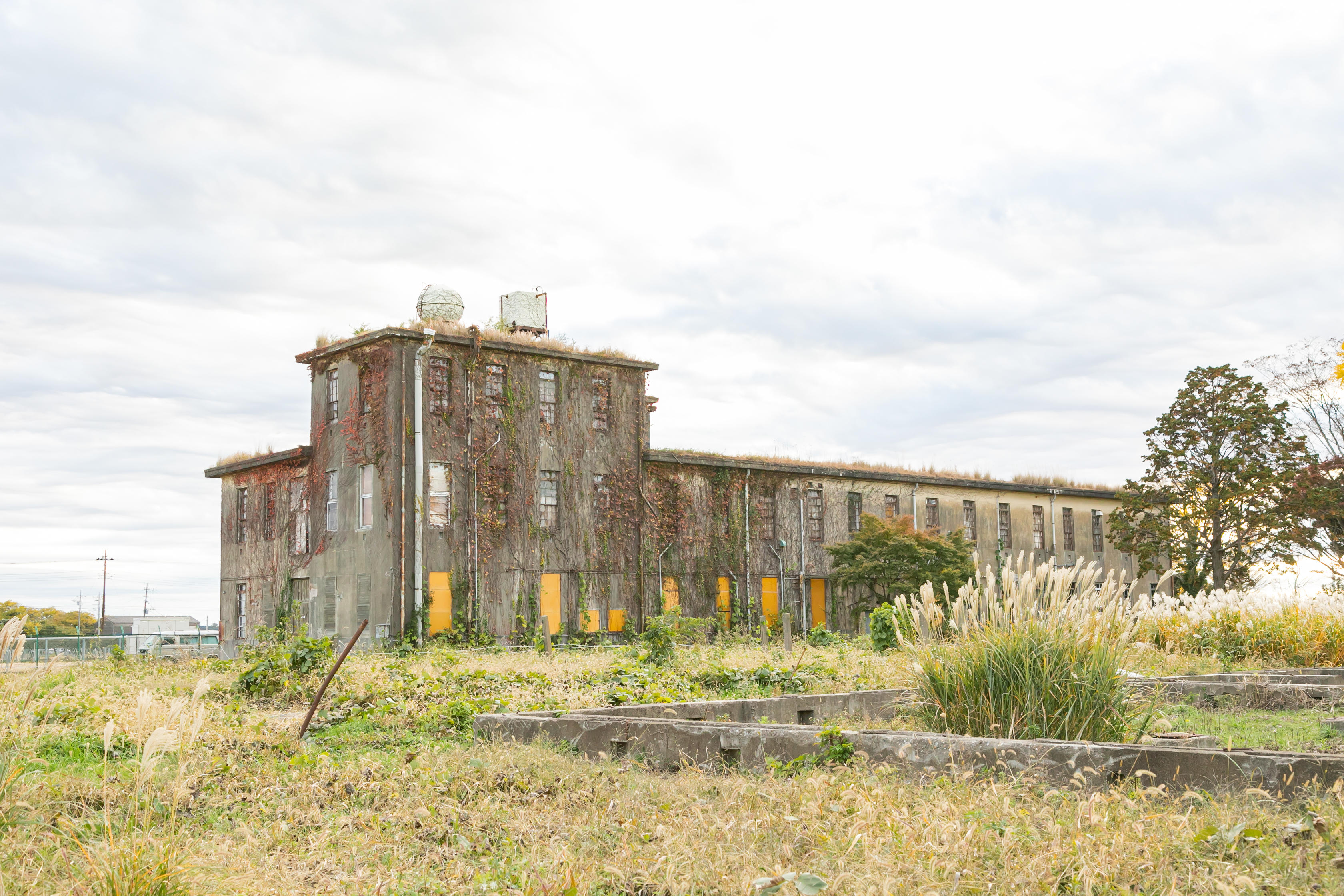
Lakes a cue to nod to importance of peace
Lake Kasumigaura, in the southeast corner of Ibaraki Prefecture, is made up of the Nishiura and Kitaura lakes and the Wani and Hitachitone rivers; it is the second-largest lake in Japan after Lake Biwa.
Known for its picturesque landscape of boats, reeds and waterfowl, it has appeared and been celebrated in various poems, novels, essays and pictures over the years.
In the 1920s, the southern shore of Kasumigaura was the site of the most advanced air station in the Far East, which served as the base for the Kasumigaura Navy Air Corps of the Imperial Japanese Navy Air Service. It is one of the few remaining sites associated with the Pacific War. The Kashima Navy Air Corps was created in the village of Miho, on the south shore of Kasumigaura’s Nishiura, where young pilots practiced flying floatplanes.
After the war, the navy air corps was disbanded and the base was repurposed by the Tokyo Medical and Dental University’s buildings until 1950, except for its Kasumigaura Branch Hospital that continued to provide medical services till 1997. After that, the former naval air corps complex fell into disuse, putting the future of this war-related historical site in doubt. Project Ibaraki in the city of Kasama became the officially appointed caretaker of the site and set up crowdfunding to rehabilitate the site, which opened as the Oyama Kohan (lakeside) Park of the former Kashima Navy Air Corps site in July 2023.
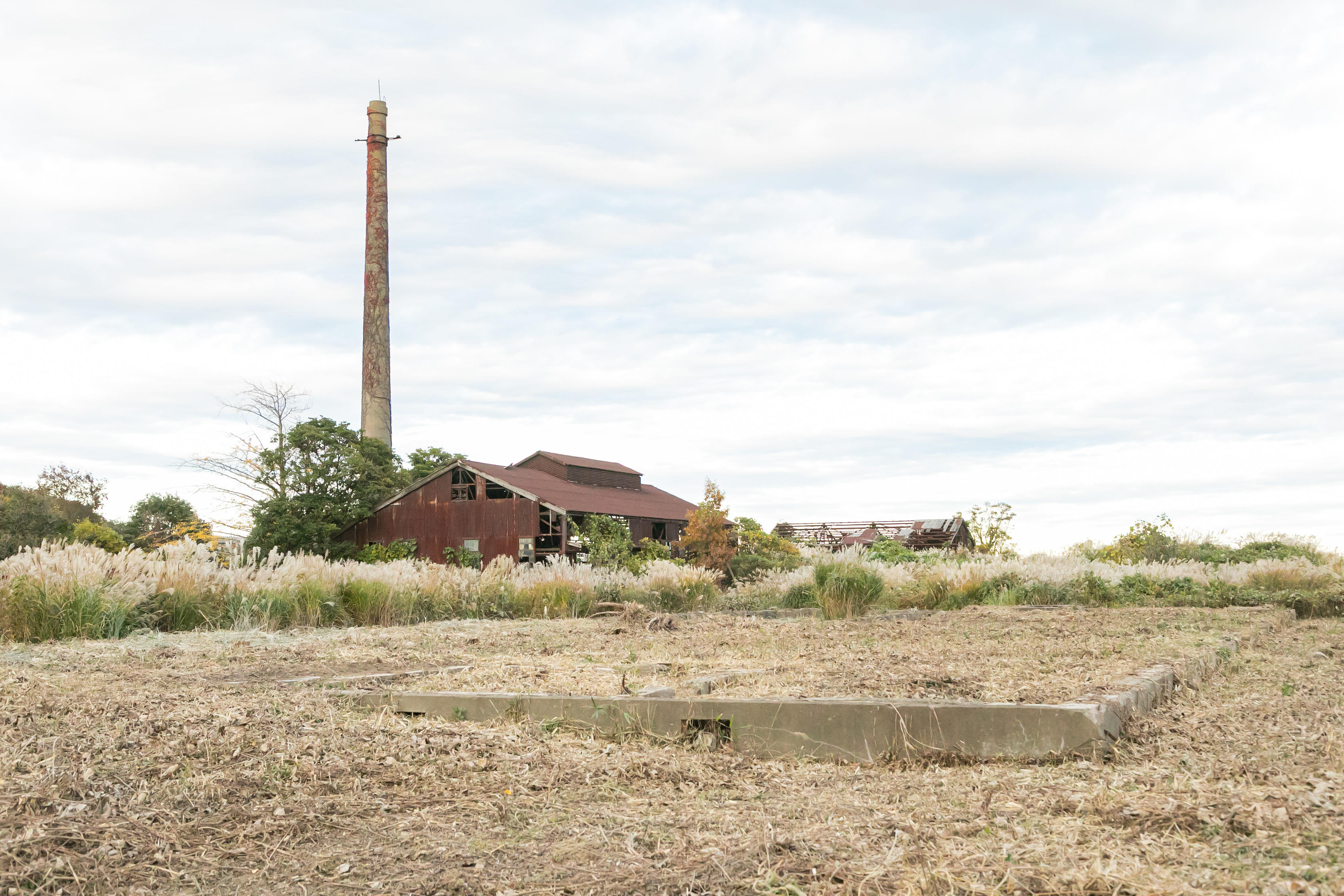
The park's historic relics include a hangar that housed the vehicles that carried the floatplanes, the main building housing the command center, the foundations of the officers' quarters building and a boiler room. Visitors are free to join in guided tours, which are offered at 10 a.m. and 2 p.m. Only a few war-related sites like this remain untouched, and the park has been the location for many films and TV dramas, including “Fragments of the Last Will,” released in 2022, and the recent “Godzilla Minus One.”
Project Ibaraki representative Daisuke Kanazawa comments: “Young people today see war as something ‘virtual, ’so it's difficult to convey the reality of the conflict to them. The command center and traces of the officers' quarters are still here, so we hope this will bring the reality of war closer to visitors, who are treading where actual soldiers walked, and educate them about peace. I want to work with the community to preserve and pass on this historic site, and plan to attract educational tours here in the future.”
Teenage boys trained as Imperial Navy aviators
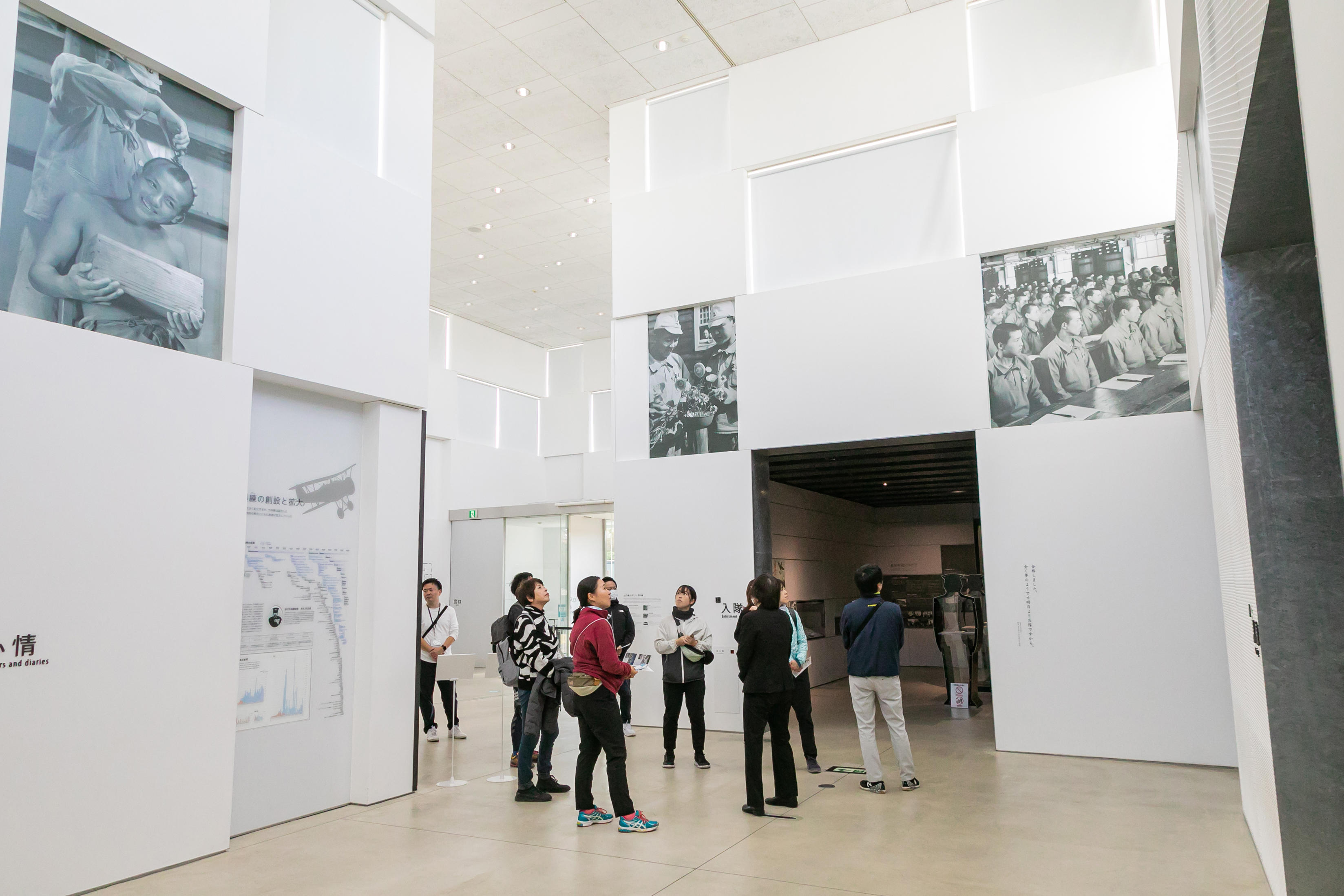
The neighboring town of Ami hosts the Yokaren Peace Memorial Museum. In 1922 or shortly after World War I, the Imperial Japanese Navy recognized the need to develop aerial warfare capability, selecting the town as a site for training teenage boys to fly conventional airplanes and floatplanes. Eventually, facilities were created at Amihara for the Kasumigaura Navy Air Corps and on the southern shore of Kasumigaura for the Floatplane Group of the Kasumigaura Navy Air Corps.
The Naval Aviator Preparatory Course, known as “Yokaren” for short, was created to train pilots for air combat. Youths aged from 14 and a half to 17 were enlisted at the Yokosuka Navy Air Corps training school. Later, as the number of trainees increased, the training school relocated to the Kasumiga ura Navy Air Corps and the Kasumigaura Yokaren was established.
The museum's exhibition rooms highlight seven themes connected with a song about Yokaren. In the entrance hall, giant panel photos of young aviators-in-training are displayed. The exhibits recount what life was like during the Pacific War and describe heart-wrenching details such as the unrealized dreams and the emotional turmoil of the doomed youths piloting the planes.
Kagetsuro, founded in 1889, is a restaurant in Tsuchiura popular among naval personnel before and during the war. Its eight private rooms display mementoes from those days, including calligraphy by Imperial Japanese Navy admiral Heihachiro Togo and a work by nihonga artist Shinsui Ito.Kagetsuro specializes in kaiseki-style dining featuring seasonal, locally-sourced ingredients.
A small area of the restaurant includes displays that may be freely viewed, such as exhibits on; Britain's Lord Sempill, who assisted the Imperial Japanese Navy's nascent aerial warfare buildup program, and his wife; the correspondence of Isoroku Yamamoto, the commander-in-chief of the combined naval fleet during most of the Pacific War and also a close friend of Kagetsuro's second-generation owner and his wife; and photos of the American aviator Charles Lindbergh and his wife.
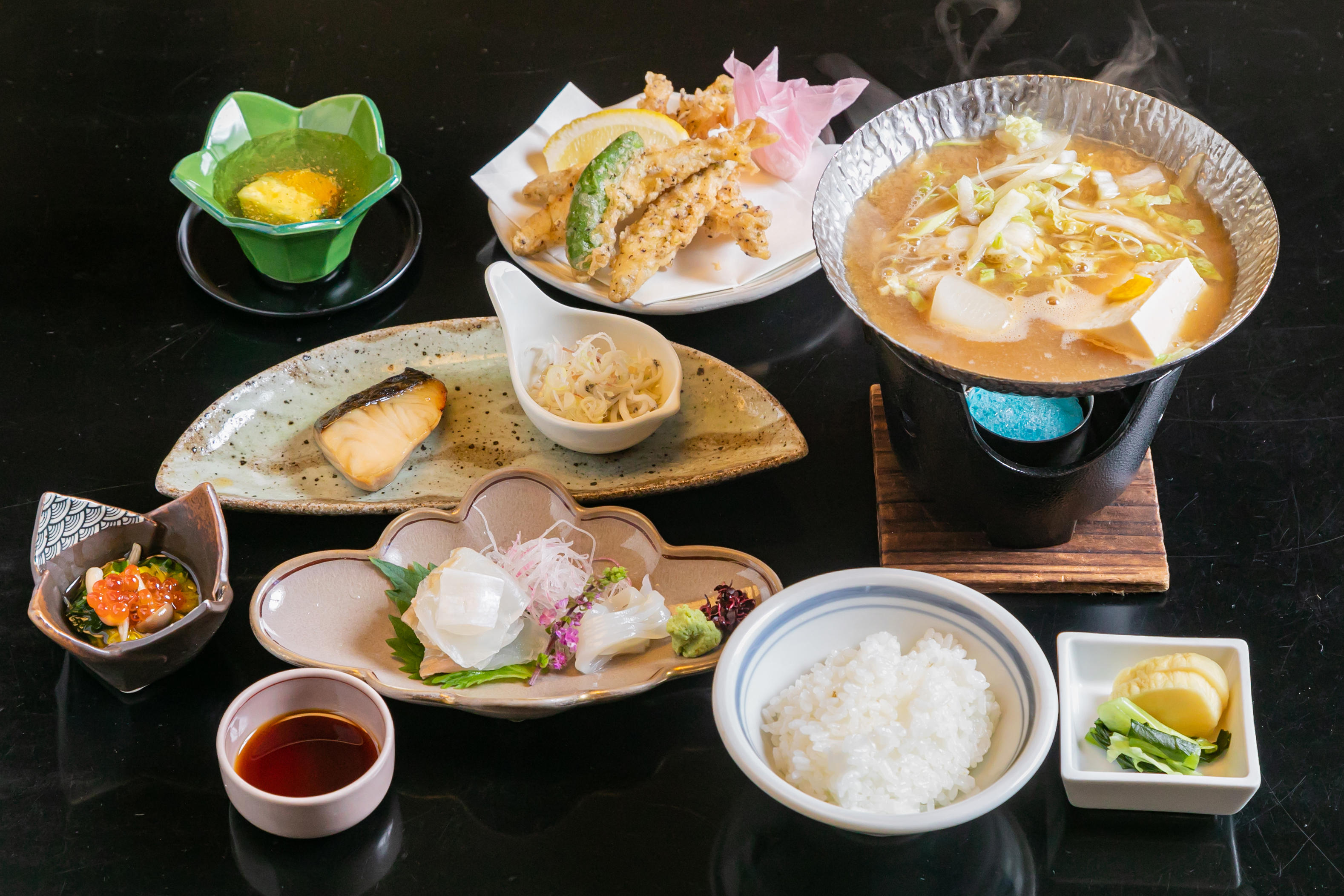
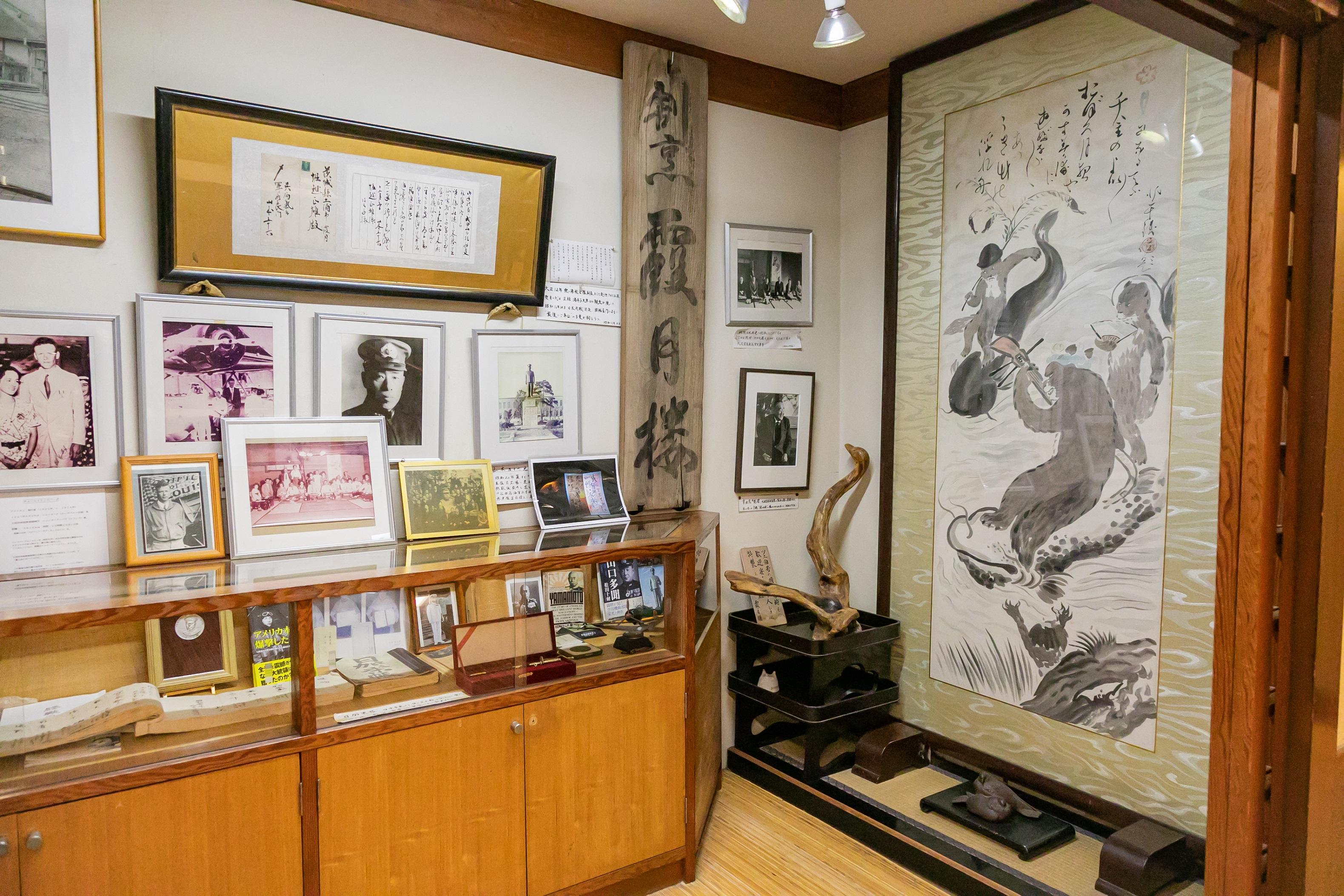
Pedal bikes farther to find more about nature, history
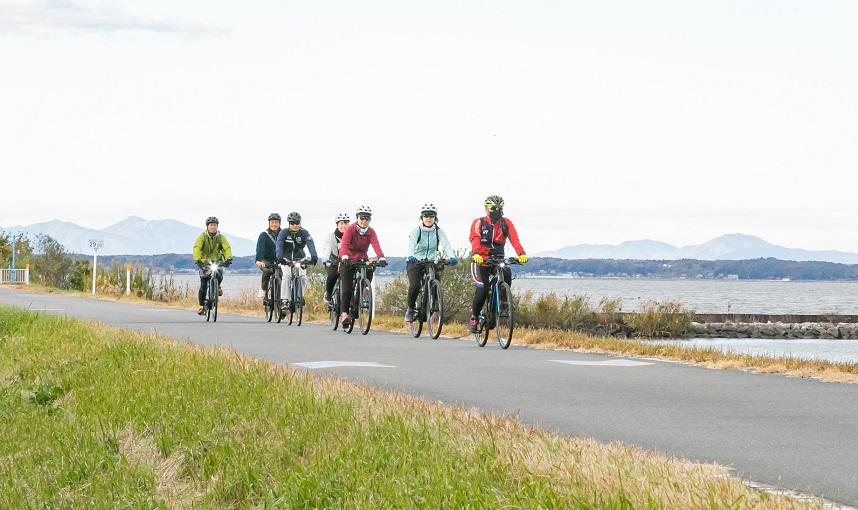
The Tsukuba Kasumigaura Ring Ring Road, a national cycle route designated by the Ministry of Land, Infrastructure, Transport and Tourism, is a route approximately 180-kilometer long connecting the former Tsukuba Railway cycling path with the cycling road around Lake Kasumigaura. The route offers views of unspoiled nature in the Lake Kasumigaura and Mt. Tsukuba sections and a wealth of historical and cultural sites along the way.
The recommended sights are along the route that connects Tsuchiura, Ami and Miho, and the site of the former Kashima Navy Air Corps, the Yokaren Peace Memorial Museum and the Kagetsuro restaurant. The route, a bit over 20 kilometers one way over mostly flat terrain, is ideal for beginner-level cyclists, who can enjoy views of Mt. Tsukuba and Lake Kasumigaura along the way.
Bicycles can be rented (by prior reservation online) at Ring Ring Square Tsuchiura, which is directly connected to Tsuchiura Station. Several types of wheels, from crossroad bikes (hybrid bicycles) to electric-assist models, are available. Lockers for stowing gear and shower facilities are also provided, so visitors can travel light and freshen up after their ride. This route is a great opportunity to enjoy scenic views, learn about the history of the Pacific War and reflect on peace.
Travel information
•2014-8 Oyama, Miho-mura, Ibaraki Prefecture
•9:00 a.m. to 3:00 p.m. (last entry). Open Saturdays and Sundays only
•Admission ¥800
•Phone: 029-875-7221
•24 kilometers from the Joban Expressway Sakura-Tsuchiura interchange
•5-1 Hasamado, Ami-machi, Ibaraki Prefecture
•9:00 a.m–5:00 p.m. (last entry 4:30 p.m.). Closed Mondays (or the following day if Monday is a public holiday)
•Admission ¥500
•Phone: 029-891-3344
•15 min. by bus from JR Joban Line Tsuchiura Station; 3 min. walk from the Ami-Sakashita stop
•7 kilometers from the Joban Expressway Sakura-Tsuchiura interchange
•1-5-7 Chuo, Tsuchiura, Ibaraki Prefecture
•11:00 a.m.–2:00 p.m., 5:00 p.m.–9:00 p.m. Closed Tuesdays
•Phone: 029-822-2516
•10 min. walk from JR Joban Line Tsuchiura Station
•6 kilometers from the Joban Expressway Sakura-Tsuchiura interchange